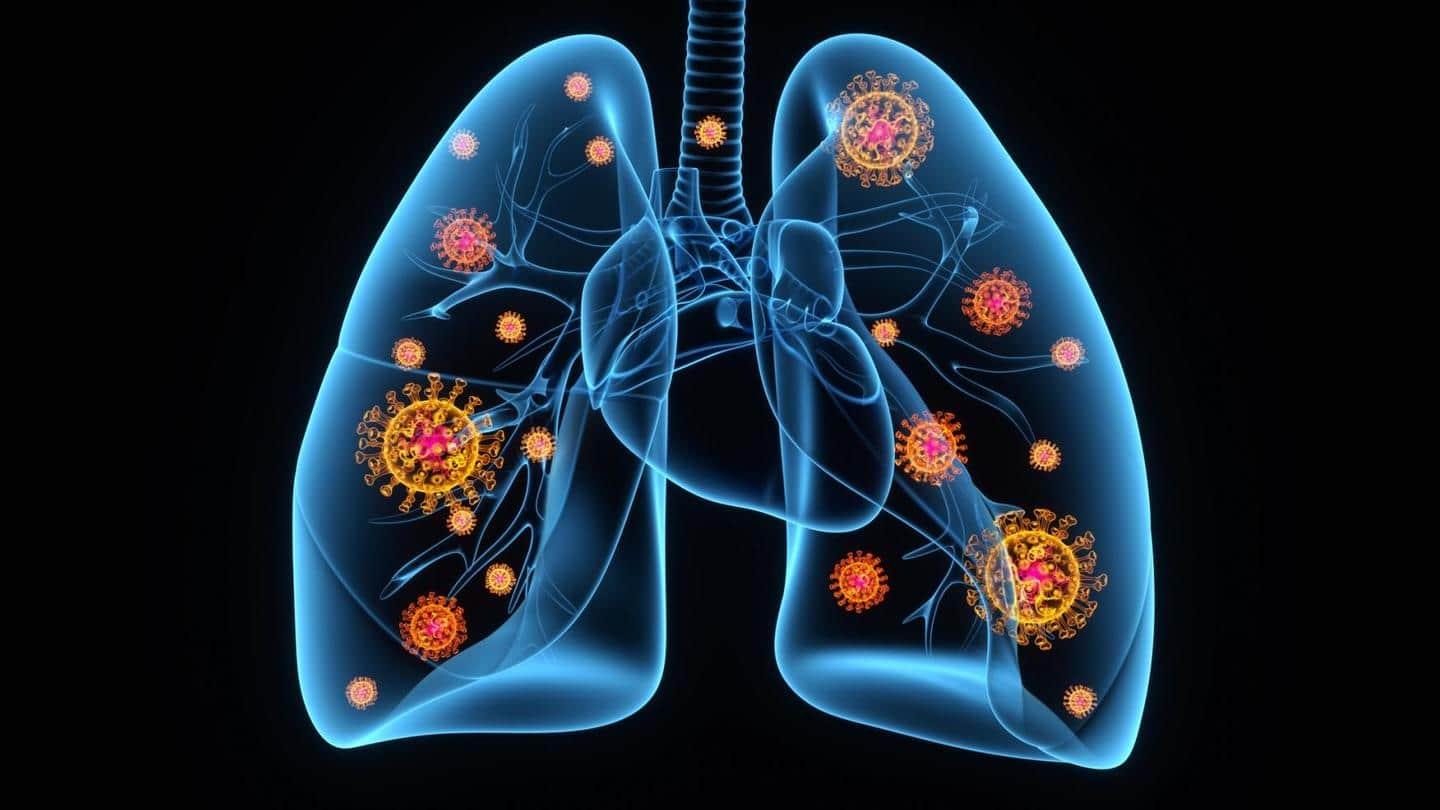
#HealthBytes: Know what makes COVID-19 pneumonia different and deadly
What's the story
Pneumonia is an infection that can cause the small air sacs in the lungs to fill with fluid.
This lung disease can be caused by viruses, bacteria, or fungi and has been observed to be a severe complication of COVID-19, too.
From symptoms to watch out for to the long-term side effects of the disease, read on to know everything about COVID-19 pneumonia.
Difference
Difference between COVID-19 pneumonia and regular pneumonia
While extensive research is being carried out to analyze more differences between COVID-19 pneumonia and regular pneumonia, researchers till now have confirmed that:
1) COVID-19 pneumonia is more likely to affect both the lungs as opposed to just one in regular pneumonia.
2) The CT scan shows lungs to have a "ground-glass" appearance.
3) Abnormalities detected in other lab tests, including liver function tests.
Symptoms
Note the symptoms of COVID-19 pneumonia
Mild COVID-19 pneumonia and regular pneumonia have almost the same symptoms and they include chills, cough, fever, difficulty in breathing, chest pain, fatigue, etc.
However, individuals with severe cases of COVID-19 experience more severe symptoms like trouble breathing, low oxygen levels, and bluish color of the lips.
In critical cases, COVID-19 pneumonia may also progress to acute respiratory distress syndrome (ARDS).
Risk
Who are more at risk of developing COVID-19 pneumonia?
Adults above the age of 65 are prone to pneumonia after COVID-19 infection.
In addition, individuals of any age who have underlying health conditions like asthma, diabetes, lung diseases, and chronic kidney disease may also contract a severe infection from COVID-19 and pneumonia.
Furthermore, patients undergoing treatment for severe diseases like cancer and AIDS are also at an increased risk of the disease.
Impact
What are the long-term effects of this kind of pneumonia?
Pneumonia that develops after COVID-19 often has long-lasting effects on health.
A recent study found that 66 out of 70 people, who recovered from pneumonia after the COVID-19 infection, had lung lesions even when they were discharged from the hospital.
This suggests that the individual may experience breathing difficulties even after recovery.
Patients who have recovered from severe pneumonia also have lasting lung scarring.